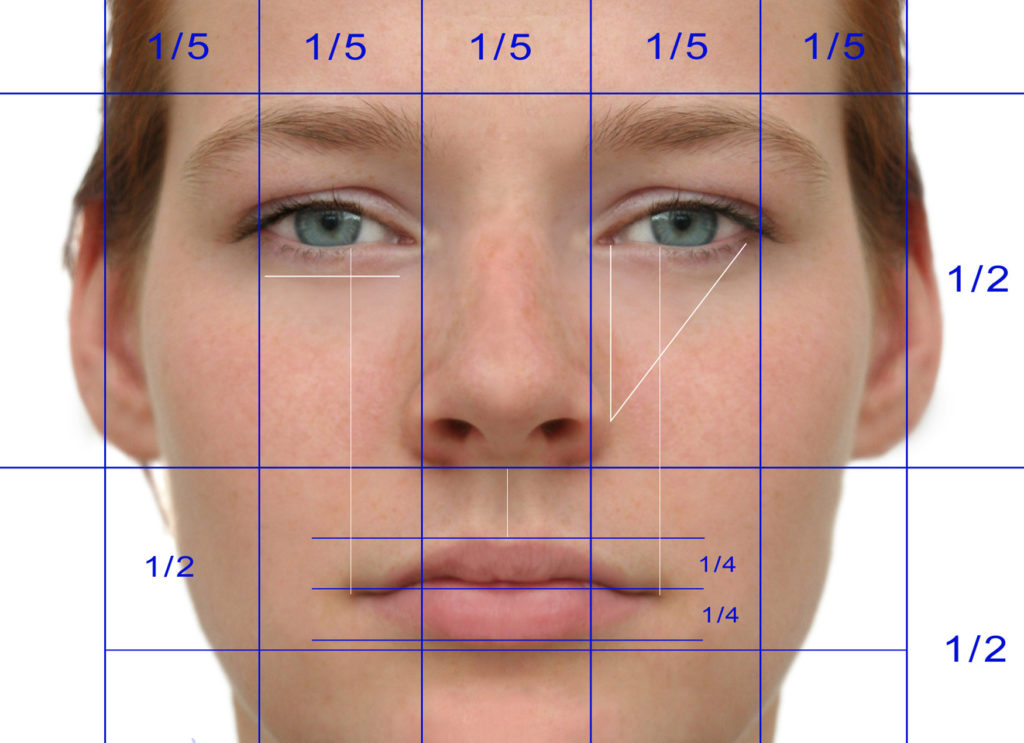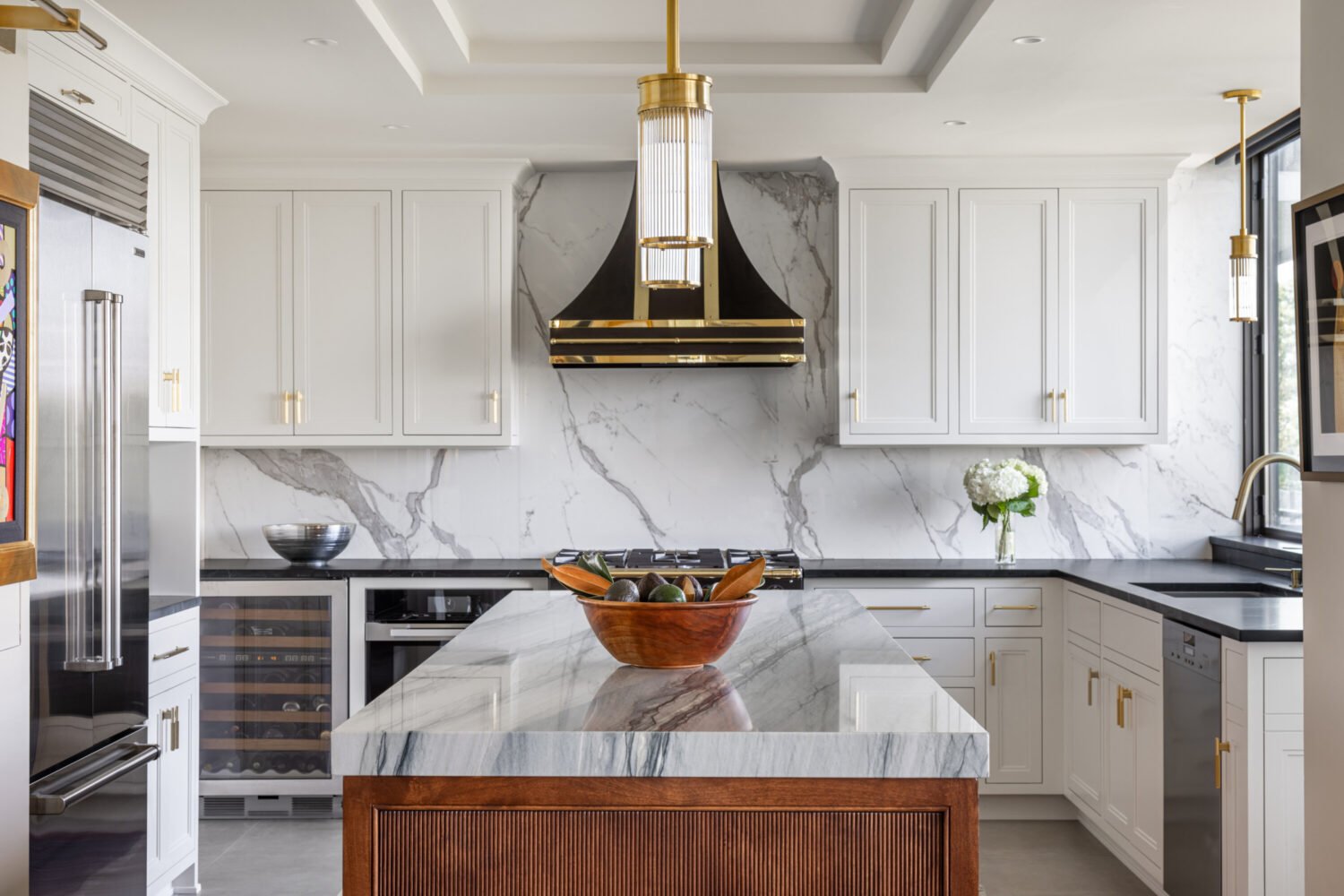
By J.S. Ronette—WASHINGTON, DC—Cosmetic dentistry patients aren’t getting younger, or older, they’re getting more in-the-know. From selfies on Instagram to celebrities in entertainment and on social media, great smiles are everywhere.
“Every day in our practice, we see highly informed patients of all ages bombarded with options that preserve a youthful look, and that includes a top-level smile,” says Dr. Michael Katsaros of Washington Center for Dentistry.
In fact, he says, the “profile” of people seeking a better smile keeps expanding: from political notables to K Street business types, professional sports figures to high-wattage entertainers, teachers to government workers, moms working in and out of the home to young tech-types on the rise. Cosmetic enhancement that was once the province of the privileged is increasingly open to all.
Clicking through endless pages of actual-patient, before-and-after photos of cosmetic smile makeovers on his website, Dr. Katsaros says men and women who’ve done their own research arrive at his K Street office in downtown Washington, DC, often requesting certain features in a new smile.

“There is a lot more to the science and art of smile-making than the average person can imagine.”
“That’s when our work gets really rewarding, as we map out a plan to create the smile that’s exactly right for them,” he says. “There is a lot more to the science and art of smile-making than the average person can imagine. In fact, patients are always surprised about the many details, both technical and artistic, that go into designing and creating a high-quality smile.”
Dr. Katsaros pauses to emphasize that only after a personalized plan is in place does he proceed, explaining that this “blue-print” often includes a combination of options, including, veneers, crowns, implants, gum re-shaping and brightening of existing teeth to create the ultimate smile just right for each patient. Here are his smile-design secrets most people aren’t aware of:
- The Mouth as Blank Canvas – Did you know classical knowledge and advanced technology combine to bring the cosmetic dentist’s vision to life? In art, as in nature, there is a proportion considered to be the ultimate esthetic—The Golden Proportion. And much of the beauty we create is based on the famous Greek thinker, Pythagoras. This is a tooth-to-tooth relationship of 1.6 to 1, and a height-to-width ratio of 75 percent. “If you’ve ever wondered why some people spend considerable sums on their mouth, yet their teeth are just not quite right, it likely could be they are not getting the benefits of these ‘Golden,’ yet powerful principles,” Dr. Katsaros says.
- Lips – To a cosmetic dentist, the lips are the “frame” that sets off and highlights the image of a smile. Facial features should line up to teeth and lip lines. In a youthful smile, the upper front teeth should fill between 75 and 100 percent of the space between upper and lower lips in a full smile.
- Midline – The starting point of any smile is the facial midline, an imaginary vertical line drawn between the two upper front teeth. For optimal esthetics, the midline should be in the middle of the face. Sometimes, when other facial features are not symmetrical, Dr. Katsaros says that he determines the accurate midline by measuring a point between the eyebrows and the Cupid’s bow in the center of the upper lip.

- Smile Line – The top of the lower lip creates what is known as “The Smile Line.” In an ideal smile line, the edges of the upper teeth are parallel to the lower lip when smiling. The gums of the upper teeth should follow the line of the upper lip. The bottom of the lower lip should have the same line as the gums of the lower jaw. Once the smile line is determined, the dentist designs the length and shape of the teeth for the new smile.
- Color – The upper central teeth usually play the starring role of the “lightest and brightest” teeth in a smile. The upper side teeth are similar in color but slightly lower in brightness. “Patients are often surprised to learn that color is not the most important factor when creating a smile,” he says. Although it is safe to say a bright smile is optimal, it is the “set-up of the players”—the teeth—not the color, that creates the perfect natural-looking smile.
- Gum Tissue – The gum line should look healthy, with no puffiness, redness or bleeding. A lot of attention gets paid to the “gingival contour” or shape of gums around the necks of teeth. Often Dr. Katsaros will use a special laser to re-shape or lift the gum line to create a desired “scallop” that enhances the shape and color of teeth. Smiles should show not more than three millimeters of gums between the top of the tooth and bottom of the upper lip.
- “No Negative Space!” – Also known as the Buccal Corridor, this is the dark space between the corners of the mouth and the upper teeth. Studies show that people with minimal dark spaces and broader smiles, like the actress, Julia Roberts, have the most attractive smiles.
Even as these elements converge in a grand new smile, unique features of each person play a major role. Age, gender, looks, personality traits, esthetic needs and expectations vary in each patient.

“That’s why the ideal smile must be ideal for each patient,” Dr. Katsaros
“And so we take into account facial features, skin tone, hair color, and how the size, color and condition of teeth blend with overall appearance,” Dr. Katsaros says. “There is a lot to bring into the picture. But in the end, the happy result is worth it.”
Dr. Michael G. Katsaros practices general and cosmetic dentistry at the Washington Center for Dentistry, in Washington, DC. washdent.com info@washdent.com 202.223.6630







